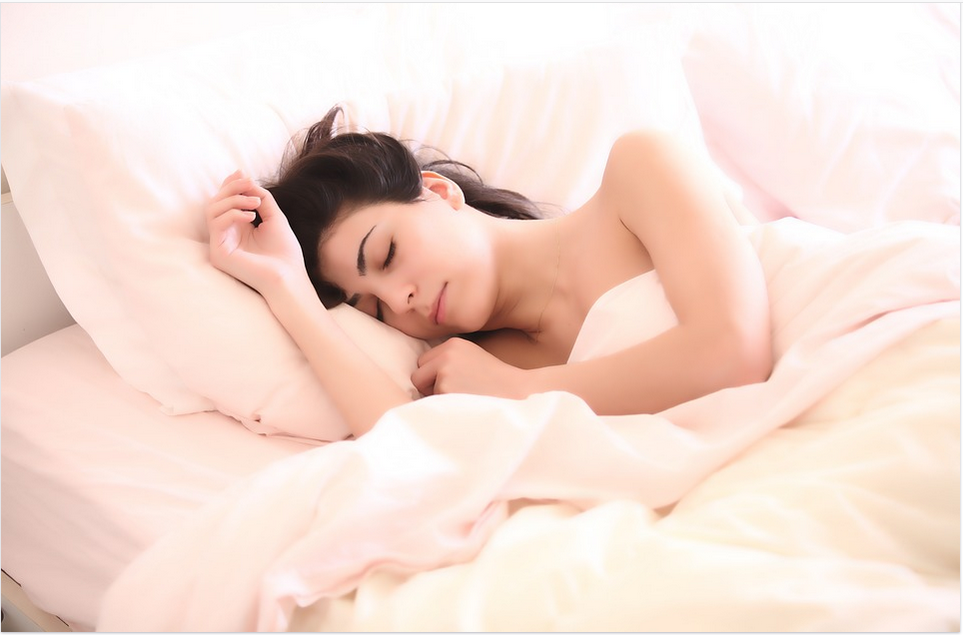Sleep apnea is a disorder that makes the affected person go through some short moments of breathlessness while they are sleeping. People suffering from these conditions have trouble sleeping well because they constantly wake up as the body gasps for oxygen. You might not be aware that you have sleep apnea or confuse it with the snoring condition in some cases.
People affected by sleep apnea usually wake up tired in the morning, and if this continues for long, it may cause health problems like memory loss, heart failure and affect your immunity. That is why treating this condition is very important. Regularly used treatments include using CPAP machines and pillows from reputable dealers like Healthy Howard.
Here are some of the ways you can use to ease sleep apnea and enhance your sleep quality:
Maintain a Healthy Weight
 Many people suffering from sleep apnea are obese, making treatments to become even more difficult. If you are one of the people with the extra weight, shedding off some can help ease the symptoms. When you have excess weight, you are likely to have your airways or even your nasal passages.
Many people suffering from sleep apnea are obese, making treatments to become even more difficult. If you are one of the people with the extra weight, shedding off some can help ease the symptoms. When you have excess weight, you are likely to have your airways or even your nasal passages.
Ensuring you have a healthy weight helps clear your airways, which means your sleep will not be interrupted because of breathing difficulties. Research studies have concluded that reducing weight helps do away with surgery or CPAP machines for aiding breathing.
Practice Yoga
 Exercising regularly brings many benefits to your body, and among them is easing your sleep apnea symptoms. Exercises help elevate your energy levels, keeps your heart strong, and enhance oxygen flow throughout the body. There is no better way to achieve all these than doing yoga.
Exercising regularly brings many benefits to your body, and among them is easing your sleep apnea symptoms. Exercises help elevate your energy levels, keeps your heart strong, and enhance oxygen flow throughout the body. There is no better way to achieve all these than doing yoga.
If there is no adequate oxygen supply in your blood, it can lead to sleep apnea. Since yoga specifically focuses on breathing exercises, oxygen levels throughout the body can be greatly improved. This consequently reduces sleep interruptions caused by reduced oxygen supply in the body.
Change Your Sleeping Position
Sometimes, your difficulty in sleeping can worsen when you sleep in a certain position. You can try to vary your sleeping positions to see if the symptoms will reduce. A research study conducted in 2006 says that sleeping position can be directly associated with more than 50% obstructive sleep apnea cases.One of the positions you should avoid is sleeping on your back. If you are an adult, try sleeping on your sides, and you might get quality sleep. For kids, it is the opposite; the symptoms ease when they sleep on their back.

